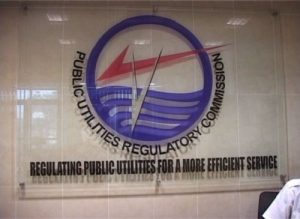The Public Utilities Regulatory Commission (PURC) has declared a hike in the rates for water and electricity, which will take effect on July 1 and last until September 30, 2024.
According to the Commission, electricity rates for lifeline customers (0–30 kWh) would increase by 3.45%; for all other residential customers who do not fall into the lifeline category bracket (31 kWh and above), as well as the non-residential category, rates will increase by 5.84%.
The PURC provided an explanation of the 4.92% rise in electricity tariffs for industrial consumers in a statement dated Friday, May 31, and signed by its Executive Secretary, Dr. Ishmael Ackah.
According to PURC, for the period under review, water tariffs will rise by 5.16% for all customer classes.
“The Public Utilities Regulatory Commission wishes to inform consumers of Electricity and Water that, there has been a review of the existing tariffs, to take effect from July 01, 2024, to September 30, 2024.
“Having considered all the underlying factors, the Commission wishes to announce that, there will be 3.45% increase in electricity tariffs for lifeline consumers (0-30kWh); 5.84% increase for all other residential consumers who are not part of the lifeline category bracket (31 kWh and above) as well as the non-residential category.
“The industrial category will experience an increase in electricity tariffs of 4.92%. Water Tariffs will experience an increase of 5.16% for all customer classes for the period under review,” PURC announced.
The PURC ascribed the increase to a number of variables, such as the cedi, inflation, fuel prices, and the mix of energy producing sources.
“These reviews have been undertaken in line with the Commission’s Quarterly Tariff Review Mechanism, which tracks and incorporates movements in key uncontrollable factors, namely the exchange rate between the US$ and the Ghana Cedi, domestic inflation rate, the electricity generation mix, and the cost of fuel, mainly natural gas.
“These reviews are undertaken to maintain the real value of the tariffs, thereby keeping the utility service providers financially viable to enable them to deliver on their services to consumers.”






